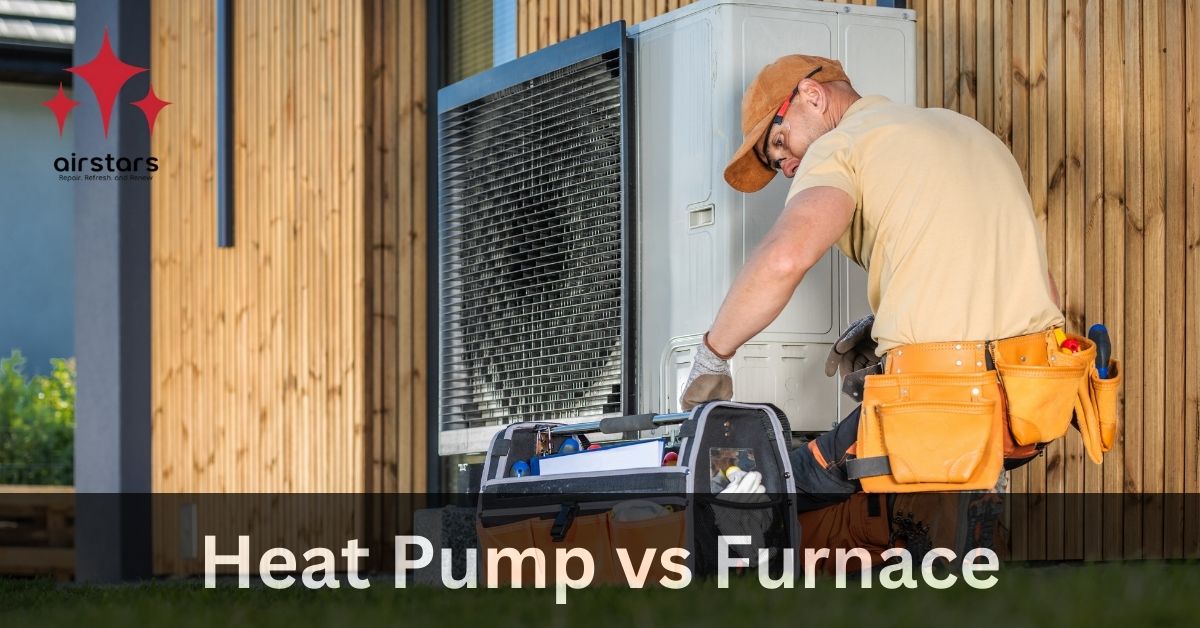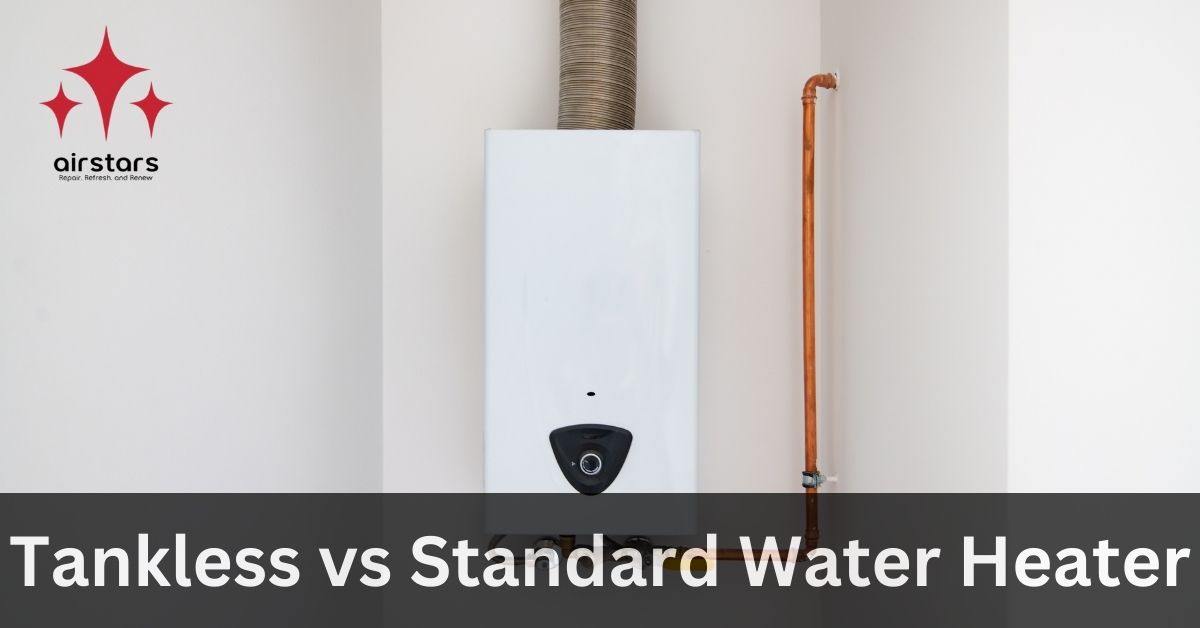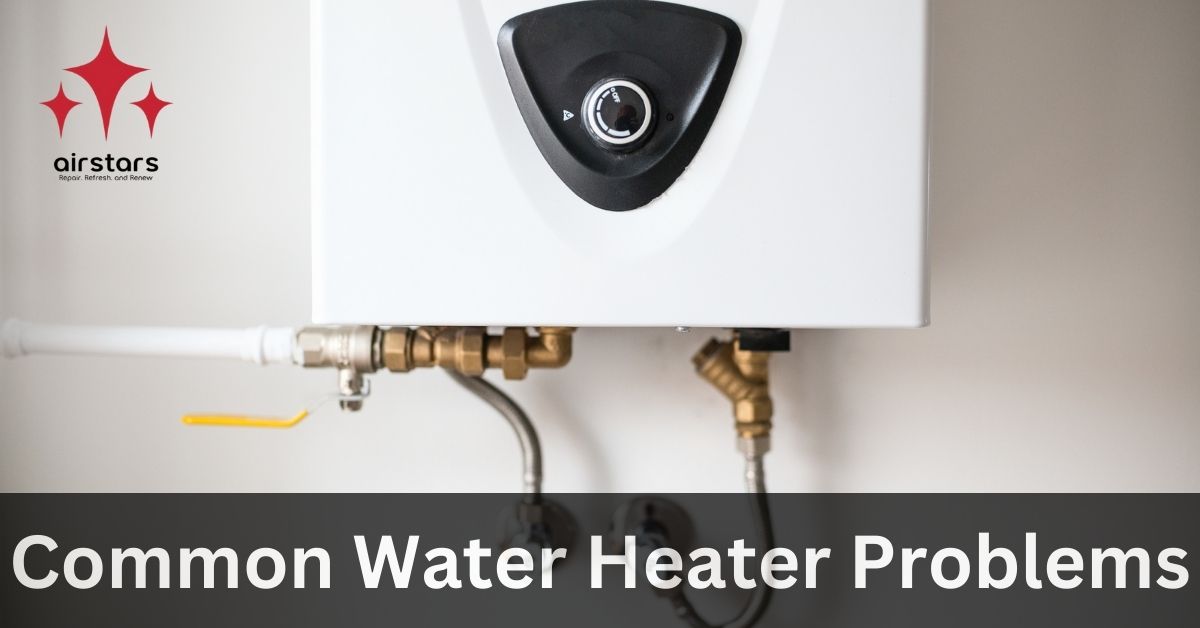If you’ve noticed water pooling around your furnace, it’s a sign of a problem that requires immediate attention. A leaking furnace can lead to significant damage to your HVAC system and your home if not addressed promptly. While it’s common to associate furnaces with heating rather than water, many modern systems produce condensation as part of their normal operation. This blog will explore the reasons behind furnace water leaks, potential safety concerns, and the steps you can take to resolve the issue.
Reasons Why Is My Furnace Leaking Water?
1. The Condensate Trap Is Clogged
The condensate trap in high-efficiency furnaces collects water produced during operation and ensures it drains properly. Over time, this trap can become clogged with debris, mold, or mineral deposits, restricting water flow. When the trap is blocked, water backs up and leaks around the furnace. Regular cleaning of the condensate trap is essential to maintain proper drainage and prevent water damage.
Neglecting the condensate trap can also affect the furnace’s efficiency. A clogged trap may cause water to pool in the unit, leading to rust, corrosion, and even system failure. Ensuring the trap is clean and unobstructed during routine maintenance can help avoid costly repairs and downtime.
2. The Furnace Drain Line Is Blocked
The furnace’s drain line is responsible for directing condensate away from the system. Over time, dirt, sludge, or algae can accumulate in the line, causing blockages. When the drain line is obstructed, water cannot flow out, resulting in leaks around the furnace. This issue is common in humid climates where condensation levels are higher.
A blocked drain line not only leads to water leaks but can also cause overflow, damaging flooring and nearby structures. Homeowners can often clear minor blockages using a wet-dry vacuum or a flexible brush, but severe clogs may require professional intervention.
3. The Condensation Pump Has Failed
In homes where gravity drainage isn’t possible, a condensation pump is used to move water from the furnace to the drain. If this pump fails due to wear, electrical issues, or a mechanical fault, water will accumulate and eventually leak. Regularly testing the pump’s operation can help identify issues early.
A malfunctioning pump can lead to more than just water leaks—it may cause the system to shut down if water levels rise excessively. Replacing the pump when it shows signs of wear can prevent leaks and maintain the system’s functionality.
4. The Furnace Vent or Intake Pipe Is Split
The vent and intake pipes in high-efficiency furnaces carry exhaust gases and fresh air, respectively. Over time, these pipes can develop cracks or splits, allowing condensation to escape and pool around the furnace. This issue often goes unnoticed until visible leaks appear.
Cracked pipes not only cause water leaks but can also compromise the furnace’s performance by reducing airflow. Regularly inspecting these pipes for damage and ensuring they are securely sealed can help prevent leaks and improve system efficiency.
5. Rain or Snow Has Entered the Vent or Intake Pipes
Outdoor vent and intake pipes are vulnerable to rain, snow, or ice entering the system, particularly during extreme weather. If moisture accumulates in these pipes, it can drip back into the furnace and cause leaks. Ensuring the pipes are properly angled and have protective caps can mitigate this issue.
Unprotected pipes can lead to recurring water problems, especially in winter. Installing weatherproof covers or hoods designed for furnace vents can prevent rain and snow from entering, safeguarding the system from moisture-related damage.
6. The Furnace Drain Hose Is Worn or Cracked
The drain hose connects the furnace to the plumbing system and carries water away from the unit. Over time, these hoses can wear out, crack, or develop small leaks, leading to water pooling around the furnace. Regularly inspecting the hose for signs of damage can help prevent leaks.
A worn or damaged drain hose can also disrupt the entire drainage process, leading to water backups within the system. Replacing the hose promptly when signs of wear are evident is a simple yet effective way to maintain your furnace’s performance.
7. Condensation Has Formed Inside the Intake Pipe
Improper insulation of the intake pipe can result in condensation forming inside it, particularly in cold weather. This condensation can drip back into the furnace and cause water leaks. Adding insulation to the intake pipe can help prevent this issue by minimizing temperature differentials.
Unaddressed condensation can lead to long-term damage, such as rust or corrosion within the furnace system. Ensuring proper insulation and regular inspection of the intake pipe can help maintain the system’s integrity.
8. The Furnace Inducer Motor Is Leaking
The inducer motor plays a critical role in venting exhaust gases out of the furnace. If its housing or seals are damaged, water from condensation can escape and leak around the furnace. Identifying and repairing leaks in the inducer motor is crucial to prevent further issues.
Leaks in the inducer motor can also indicate other underlying problems, such as excessive condensation or system inefficiencies. Professional assessment and timely repairs are recommended to resolve these issues and restore optimal furnace performance.
9. The Humidifier Is Leaking
Many furnaces are equipped with whole-house humidifiers to maintain indoor air quality. If the humidifier malfunctions or its connections become loose, water can leak and pool around the furnace. Inspecting the humidifier regularly can help prevent such leaks.
Leaky humidifiers not only cause water damage but can also lead to mold growth in the surrounding area. Ensuring the humidifier’s water lines and reservoir are intact and functioning properly is key to avoiding these problems.
10. The Secondary Heat Exchanger Is Leaking
High-efficiency furnaces use a secondary heat exchanger to extract more heat from exhaust gases. If this component becomes damaged or cracked, water can leak from the furnace. This is a serious issue that often requires the replacement of the heat exchanger or the entire furnace.
A leaking secondary heat exchanger can also indicate other system failures, such as excessive stress or corrosion. Regular inspections by an HVAC professional can help identify and address issues before they escalate, protecting your investment.
Safety Concerns with a Leaking Furnace
- Electrical Hazards: Water near your furnace can create a risk of electrical shorts or fires, especially if it comes into contact with wiring.
- Mold and Mildew Growth: Persistent water leaks can lead to mold and mildew, which pose health risks and can damage your home’s structure.
- Structural Damage: Pooling water can damage flooring, drywall, and insulation over time.
- Carbon Monoxide Risks: A leaking secondary heat exchanger can cause exhaust gases, including carbon monoxide, to escape into your home. Install a carbon monoxide detector and schedule immediate repairs if you suspect this issue.
Conclusion
A leaking furnace is a problem that should never be ignored. Whether the cause is a clogged condensate trap, a failed pump, or a damaged heat exchanger, addressing the issue promptly can prevent further damage and ensure the safety of your home. Regular maintenance, including cleaning drain lines and inspecting components, can help prevent leaks and extend the life of your furnace. If you’re unsure about the cause of the leak or how to fix it, contact a certified HVAC technician for professional assistance.
FAQs
Is it normal for a furnace to leak water?
While some condensation is normal for high-efficiency furnaces, visible water leaks are not and should be addressed promptly.
Can I fix a leaking furnace myself?
Some issues, like a clogged drain line, can be fixed with basic tools. However, more complex problems, such as a failed pump or cracked heat exchanger, require professional repair.
How much does it cost to fix a leaking furnace?
The cost depends on the cause. Simple fixes like cleaning a drain line may cost under $100, while replacing a heat exchanger could cost $1,000 or more.
How often should I maintain my furnace to prevent leaks?
Schedule annual furnace maintenance to inspect and clean components, ensuring proper operation and reducing the risk of leaks.
What type of furnace is more prone to leaking?
High-efficiency furnaces (with AFUE ratings of 90% or higher) are more likely to produce condensation and are therefore more prone to leaks than standard-efficiency models.






